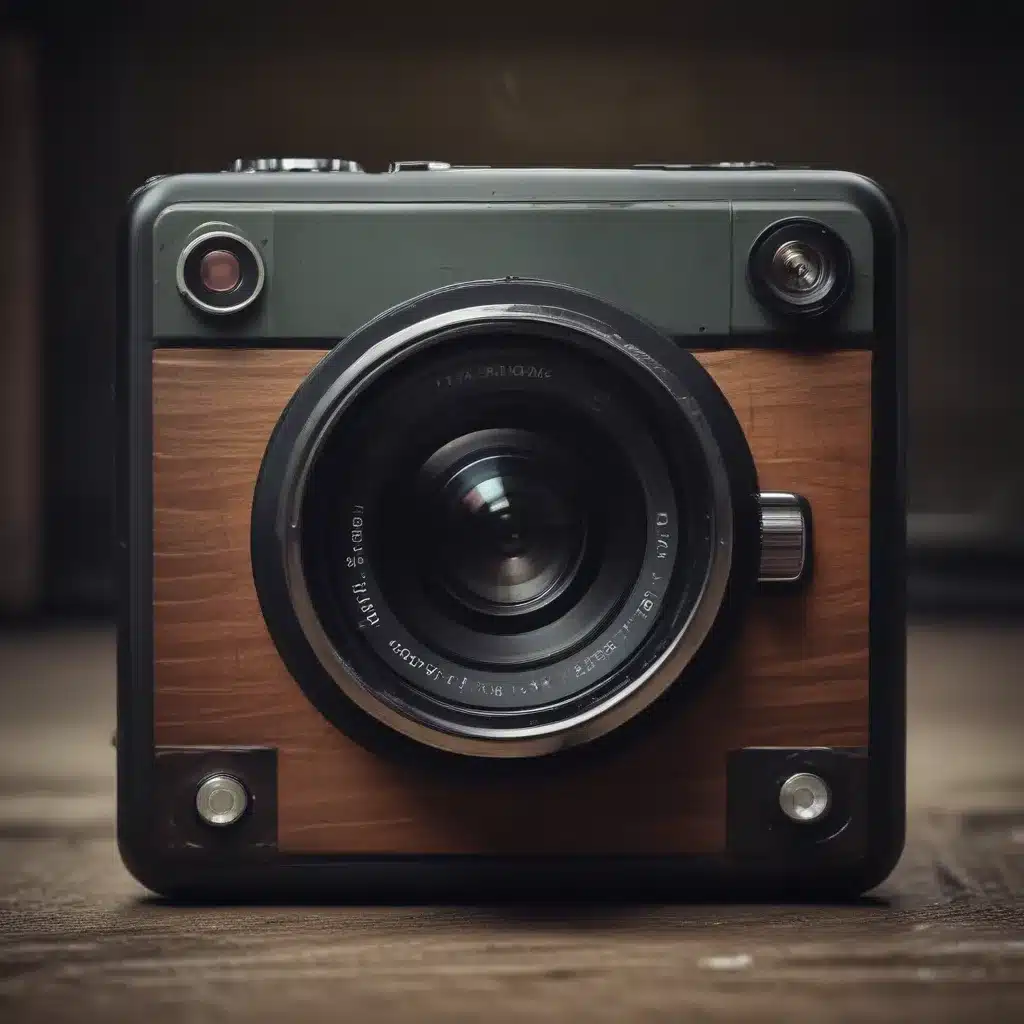Are you tired of your smartphone photos looking dull and uninspired? Believe it or not, your Android device has the potential to be a powerful photography tool – you just need to discover the right camera apps to unleash its full potential. In this article, I’ll take you on a journey to transform your mobile photography from amateur to pro-level.
Unlock the Power of Google Camera (GCam) Ports
One of the best-kept secrets in the Android photography world is the existence of Google Camera (GCam) ports. These are modified versions of Google’s Pixel camera app, and they can work wonders on non-Pixel Android devices. The key is finding the right GCam port for your specific phone model.
I’ll admit, getting a GCam port set up can be a bit of a process, but trust me, it’s worth the effort. [1] The folks over at XDA Developers have an incredible resource that can guide you through the process step-by-step. Once you have the correct library and XML files installed, you’ll be amazed at the image quality improvements. Gone are the days of mushy, over-sharpened photos – GCam ports deliver cleaner JPEGs and better low-light performance.
But don’t just take my word for it. As one Redditor mentioned, “If you get the correct lib and xml files, GCam is easily the best… even [better than] RAW Expert photo app.” [1] That’s some high praise, and I can vouch for it after extensively testing various GCam versions on my own Android devices.
Explore Third-Party Camera Apps
While GCam ports are a game-changer, they’re not the only option for elevating your mobile photography. There’s a whole world of third-party camera apps out there, each with its own unique features and capabilities.
One app I’ve had great success with is Snap Camera HDR. It has a really cool “SteadyShot” feature that uses your phone’s accelerometer to detect motion and time the shutter release for the most stable shots. [2] Another favorite of mine is FreeDCam, which is an open-source app that gives you full manual control over settings like shutter speed, ISO, and white balance. Plus, it’s the only non-GCam app I’ve found that lets me shoot in glorious black and white.
The key is to experiment with different third-party apps and find the ones that best complement your shooting style and desired aesthetic. Don’t be afraid to try out a few options – you never know which one might become your new go-to.
Mastering Manual Mode
Once you’ve found the right camera apps for your needs, it’s time to dive into the world of manual controls. I know, I know – the thought of fiddling with all those settings can seem daunting. But trust me, it’s a game-changer for your mobile photography.
Start by learning the fundamentals of exposure – how aperture, shutter speed, and ISO work together to create the perfect image. Then, experiment with adjusting these settings in your camera app of choice. You might be surprised at how much control you can have over the final result.
For example, I love using manual mode to capture dramatic long exposures of cityscapes or light trails from passing cars. And when I’m shooting in low light, I can crank up the ISO and lower the shutter speed to freeze the action without sacrificing image quality.
Sure, it takes a bit of practice to get the hang of it, but the results are so worth it. Your photos will go from ordinary to extraordinary, with a level of control and creativity you just can’t achieve with the stock camera app.
Embrace the RAW Revolution
One final tip for taking your mobile photography to the next level: shoot in RAW format. I know, I know – RAW files can seem intimidating, with their massive file sizes and the need for post-processing. But trust me, the benefits far outweigh the hassle.
RAW files capture far more data than standard JPEGs, giving you a ton of flexibility when it comes to editing. You can fine-tune the exposure, adjust the white balance, and bring out details in the shadows and highlights without the dreaded “noise” that plagues JPEG files.
Sure, you’ll need to invest a bit of time (and potentially some money) in a mobile editing app like Lightroom or Snapseed. But the results will be worth it. Your photos will have a level of depth and richness that simply can’t be achieved with JPEG alone.
So don’t be afraid to dive into the world of RAW photography on your Android device. It might seem daunting at first, but with a little practice, you’ll be producing images that will have your friends and family wondering if you’re a professional photographer in disguise.
In the end, the key to taking your mobile photography skills to the next level is all about exploring the wealth of camera apps and features available on your Android device. From GCam ports to third-party options and manual controls, the possibilities are endless. So what are you waiting for? Start experimenting and get ready to impress everyone with your pro-level photography skills!
[1] Jostian. (n.d.). Comment on “Why remove Photo Spere?” [Reddit post]. Reddit. https://www.reddit.com/r/GooglePixel/comments/175qqen/why_remove_photo_sphere/
[2] Telyx. (n.d.). Comment on “What app do you use to take photos?” [DPReview forum post]. DPReview. https://www.dpreview.com/forums/thread/4712123













